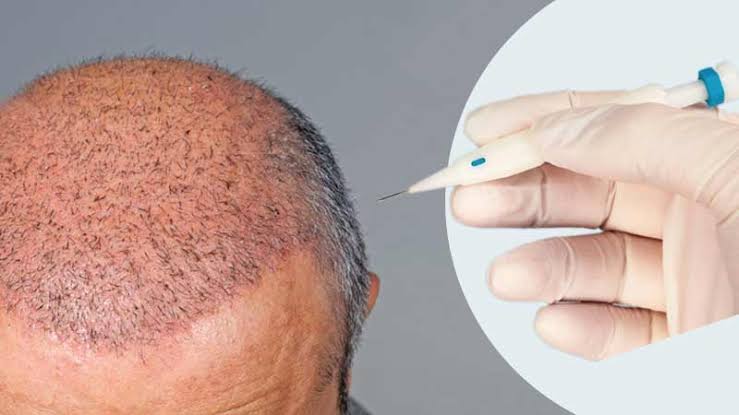Hair transplant operations are among the most effective solutions for those looking to restore their hair and regain confidence. However, achieving optimal results is not solely dependent on the surgery itself—post-operative care plays a critical role in determining the final outcome. For executives and professionals who value both aesthetics and performance, understanding the nuances of post-transplant care is essential.
Prioritize Rest, but Don’t Disconnect
After a hair transplant, the body needs time to heal. While it’s important to rest, this doesn’t mean total disconnection from your professional responsibilities. Light tasks can continue remotely, but avoid high-stress activities for at least a few days. Remember, recovery accelerates when the body is not under pressure.
Follow Your Surgeon’s Instructions Religiously
No two hair transplants are the same. Your doctor will provide tailored aftercare instructions based on your scalp’s condition, graft count, and skin type. Following these instructions with the same discipline you apply in business decisions can dramatically influence the quality of your results.
Protect Your Investment—Literally
Avoid touching, scratching, or washing the transplanted area within the first 48–72 hours. Think of your new grafts as valuable assets—they need time to settle. During this period, wear loose-fitting hats if necessary and stay away from direct sunlight and heavy sweating.
Smart Grooming Decisions
Resist the urge to style or cut your hair too soon. Any grooming activities should be deferred until your physician gives the green light—typically after two to three weeks. When in doubt, always choose simplicity and care over aesthetics during the initial phase.
Hydration, Nutrition, and Stress Management
Optimal healing requires internal support. A balanced diet, sufficient water intake, and supplements like biotin or zinc (as advised) can support hair growth. Managing stress through mindfulness, meditation, or light activity like walking can contribute positively to recovery.
Schedule Regular Follow-Ups
As in business, monitoring progress is key. Make it a point to attend all scheduled post-op consultations to ensure everything is healing as expected. If any unusual symptoms occur, address them early—proactive management can prevent complications.
Be Patient—Results Take Time
Hair growth is a process, not a transaction. Expect noticeable growth between 3–6 months post-surgery, with full results visible at 12–18 months. Patience and consistency will deliver dividends over time.
Conclusion
A successful hair transplant is a combination of expert surgical intervention and mindful post-operative care. For CEOs and business leaders, the principles of strategic planning, patience, and consistent follow-through apply just as much in recovery as they do in the boardroom. By investing in proper aftercare, you’re not just preserving your aesthetic transformation—you’re ensuring it becomes a lasting one.

Bir yanıt yazın